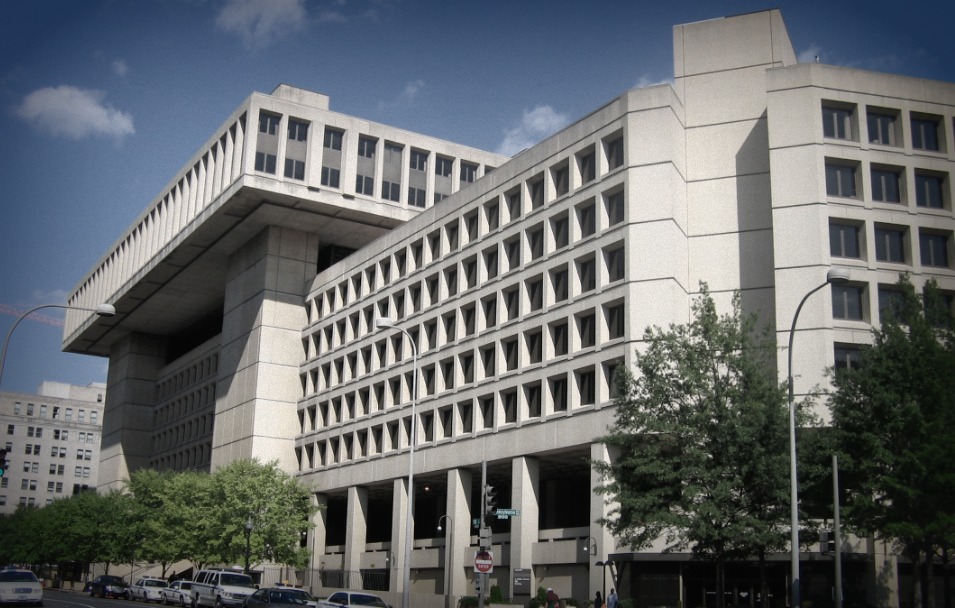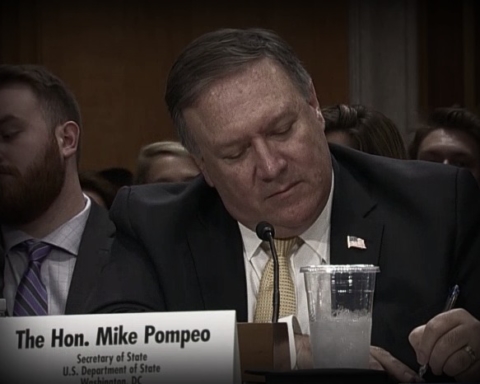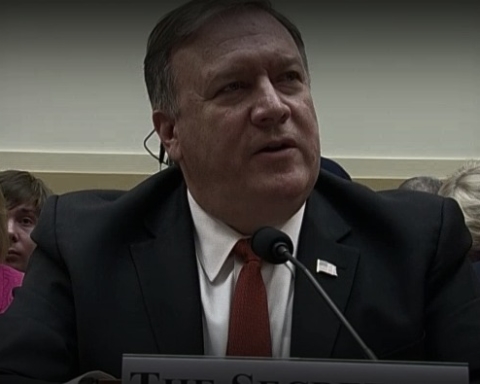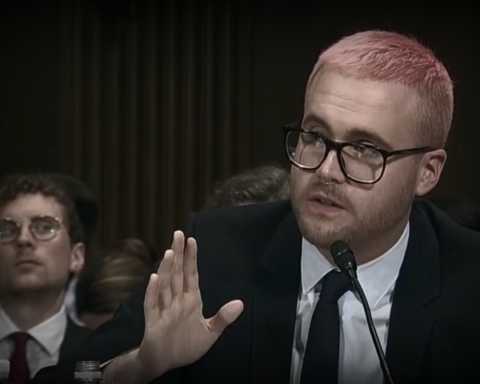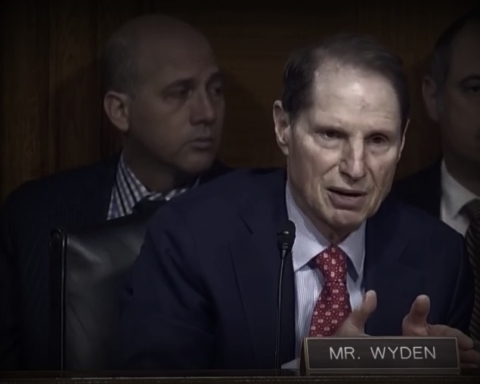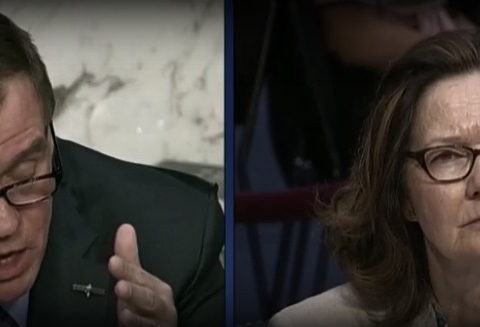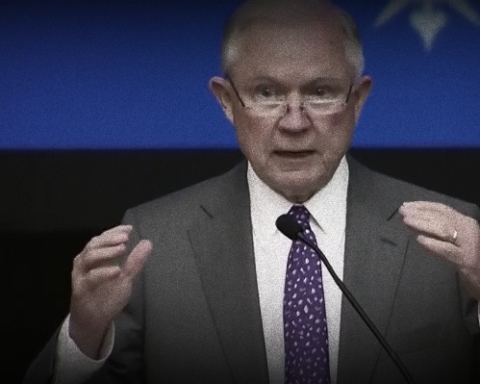An FBI scheme that involved an agent posing as a reporter for the Associated Press to track down a 15-year-old suspected of making bomb threats at his school was deemed permissible by the Department of Justice Inspector General.
The watchdog concluded in a report published Thursday that the bureau’s tactics “did not violate the undercover policies in place at the time,” primarily because there was no explicit ban on impersonating members of the news media.
It went on to add, however, that under new policies implemented in 2016, the FBI would not be able to carry out a similar operation without prior approval from agency higher-ups.
In 2007, the FBI set up a website designed to look like The Seattle Times, and published a fake AP report about a series of bomb threats at a high school near Seattle, Wash. A link to the article was sent by an agent posing as a reporter to the suspect in the bomb threats: a student at the school named Charles Jenkins.
The manufactured news article contained malware that, once clicked, revealed to the FBI the location of Jenkins. He was subsequently arrested and pleaded guilty.
News of the sting wasn’t made public until 2014, when The Seattle Times published a report on it based on FBI emails made public to the Electronic Frontier Foundation, in response to a Freedom of Information Act request.
Media organization criticized the bureau’s tactics in the case. The IG noted in its report that the Reporters Committee for Freedom of the Press and 25 other news organizations wrote to FBI Director James Comey, arguing that by impersonating journalists, the FBI “endangers the media’s credibility and undermines its independence.”
Under new guidelines set forth in June, the FBI must first satisfy a series of requirement before posing as members of the media in sting operations. They include having the head of the FBI field office submit an application to FBI headquarters, which then has to be approved by the FBI Deputy Director in consultation with the Deputy Attorney general.
The Department of Justice IG called the new policy “a significant improvement to policies that existed in 2007.”
As The Hill noted, however, the new guidance “does not require consent from the news organization being impersonated.”

